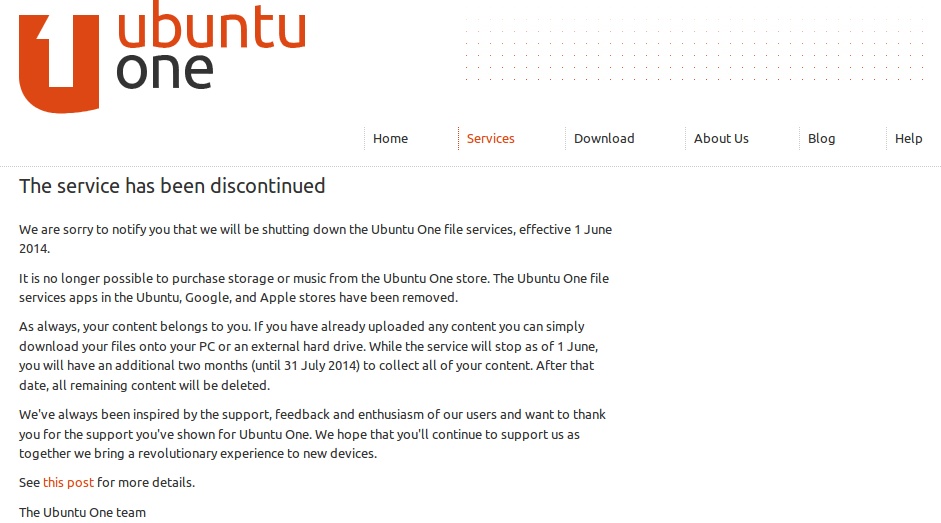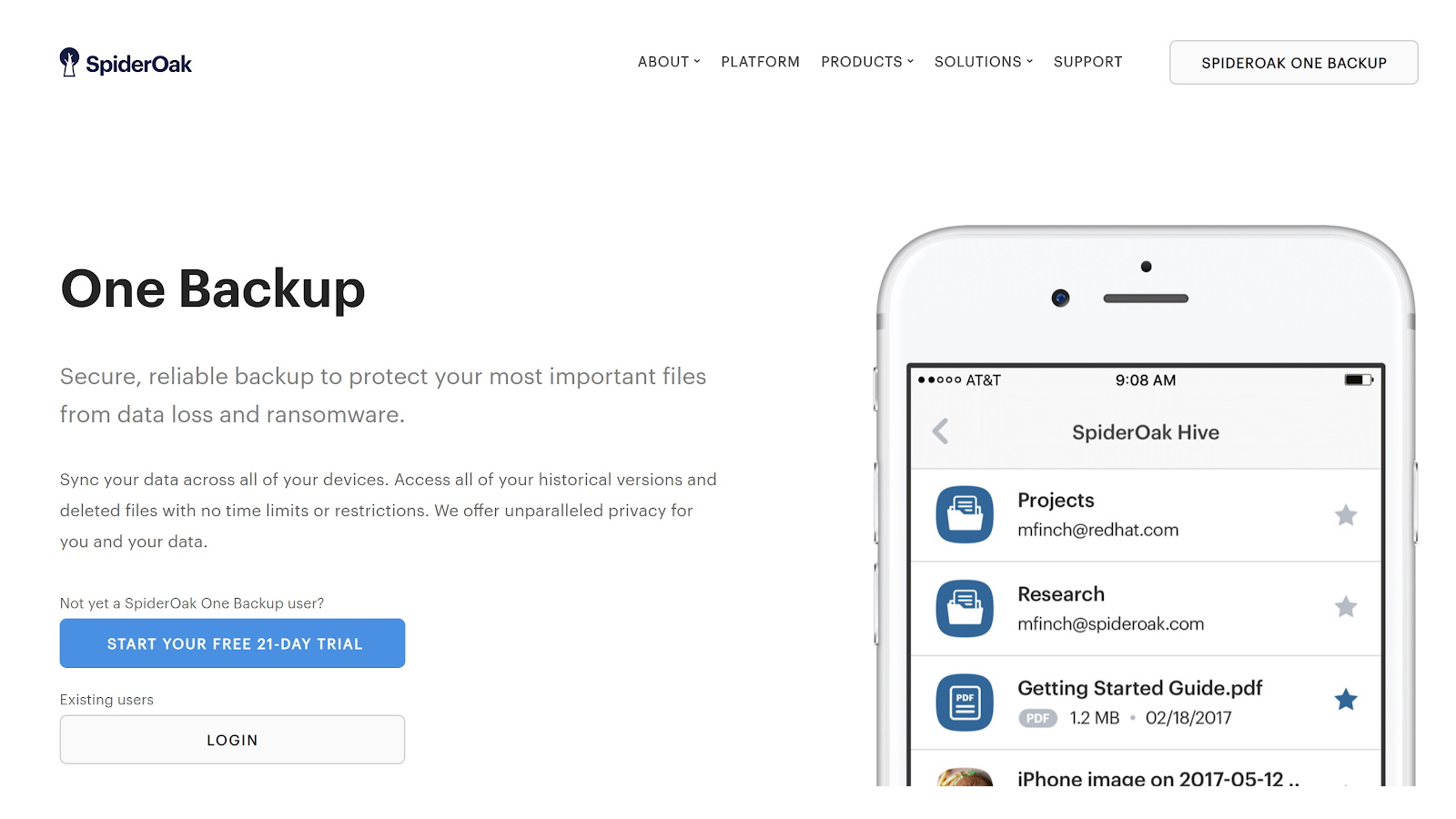

SpiderOak One – SecurityAll that brings me to SpiderOak One’s main feature: security. You can delete previous versions from the Manage tab if you want, though (which I’ll discuss more later). You can’t change that, but SpiderOak says these old versions should not take up very much space.

You can also limit your bandwidth usage, and fine-tune the backup schedule with options that let you run a backup ranging from “every 5 minutes” to “every 48 hours” to “at 1:38pm on Wednesdays.” SpiderOak keeps old versions of your files by default as well, indefinitely. It’s very configurable, but all this is turned off by default, so you’ll never wonder why something wasn’t backed up. Under the Backup tab of the Preferences window, you can exclude files over a certain size, exclude files of a certain age, or exclude files with certain words and extensions.
Spideroak down password#
You can enable or disable OS integration (which allows you to back up files by right-clicking them in Windows), force SpiderOak One to request your password on startup, and even set a keyboard shortcut that opens the program. (I wish you could see progress along the bottom at all times, but it’s a minor nitpick.) Hop into Preferences, and you’ll be able to customize quite a few things.

You’ll see progress on the Dashboard tab. From there, you just click the “Run Now” button to start backing everything up. You can then use the right pane to select other folders or drives on your system for backup (including external drives). The program doesn't search for all documents or music on your drive the links are just a shortcut for backing up the default folder of that name. The left sidebar shows your user folders (like Desktop, Documents, Music, and so on), providing an easy one-stop shop for backing up your personal data. For file backups, you’ll want to head to the Backup tab, where you can select which files to back up. SpiderOak One – BackupSpiderOak One has a pretty big feature set, and it splits each of these features up into tabs along its top row: Backup, Manage (which should probably be called “Restore”), Sync, and Share. And apart from a confusingly placed button or two (like the “Run Now” button, which appears even if you aren’t on the Backup tab), everything is intelligently laid out. You pick which files you want to back up, how the program integrates with your system, and how many layers of security there are. That’s SpiderOak One in a nutshell: it gives you lots of control without being convoluted. The Dashboard keeps you up to date on any backup or sync jobs that are running, and while you can drill down and see an entire list of files waiting to be backed up (or a log of past jobs), they’re kept out of the way in other tabs so you don’t get overwhelmed with information. It’s clearly designed with more tech-savvy users in mind, and it’ll be pretty intuitive for those users. The desktop program is pretty well-designed, striking a great balance between information density and ease of use. That’s right about in the middle of the pack as far as the cloud backup services we tested, and it also allows for unlimited devices. However, SpiderOak’s higher tiers are a bit better: its 2TB plan is $12 per month or $129 per year, and 5TB is $25 per month, or $279 per year. SpiderOak One’s cheapest plan is $6 per month ( See pricing and plans on the SpiderOak website), and that’s for only 150GB of space, which is rather expensive when compared with similar services. That security comes at a higher price point than the more affordable backup services, though. Even if they wanted to, their “no knowledge” system prevents them from accessing your data unless you give them permission. It says you don’t have to worry about them using your data for nefarious purposes, or handing it over if the government comes knocking. It encrypts all your data from end-to-end, starting on your own machine, so SpiderOak can't “see” your data when it’s on their servers. SpiderOak One – Design, Pricing, and FeaturesSpiderOak One isn’t the only cloud backup service with good security, but it is the only one with security as its banner feature. Since cloud backup has become increasingly necessary for peace of mind and data security, I thoroughly evaluated SpiderOak One along with several other leading packages based on three main criteria: pricing, features, and performance.


 0 kommentar(er)
0 kommentar(er)
